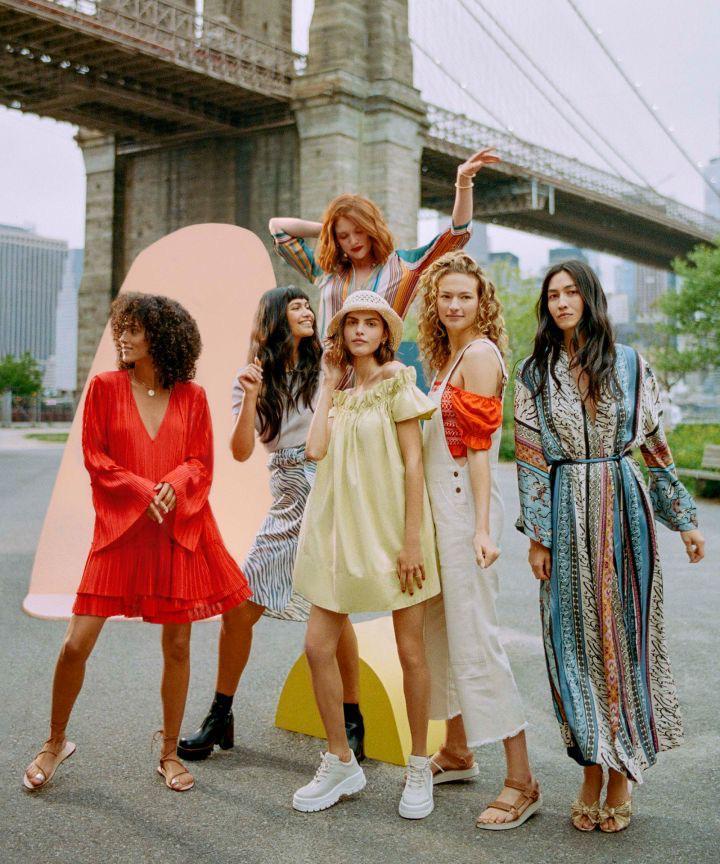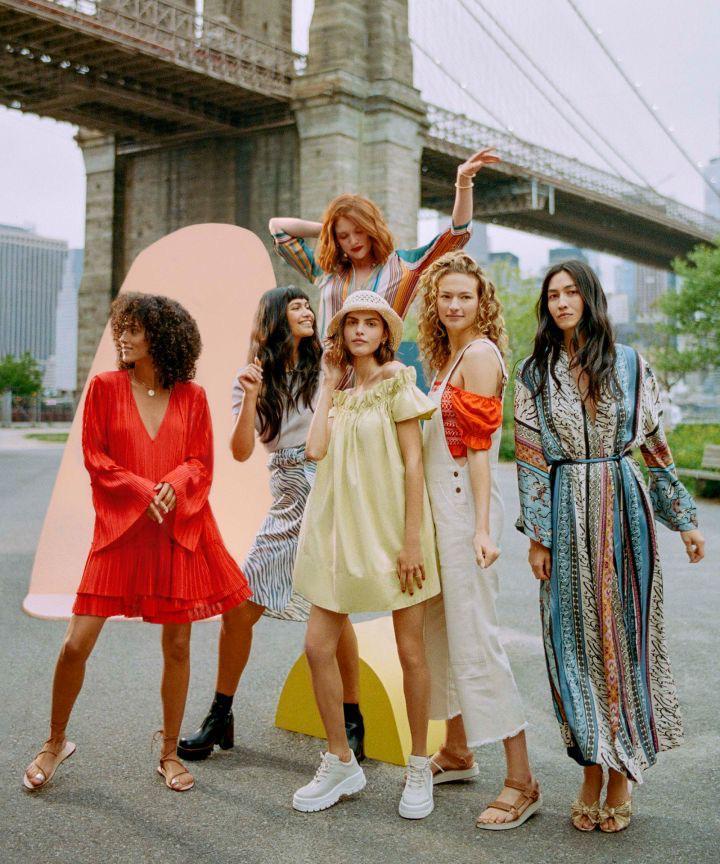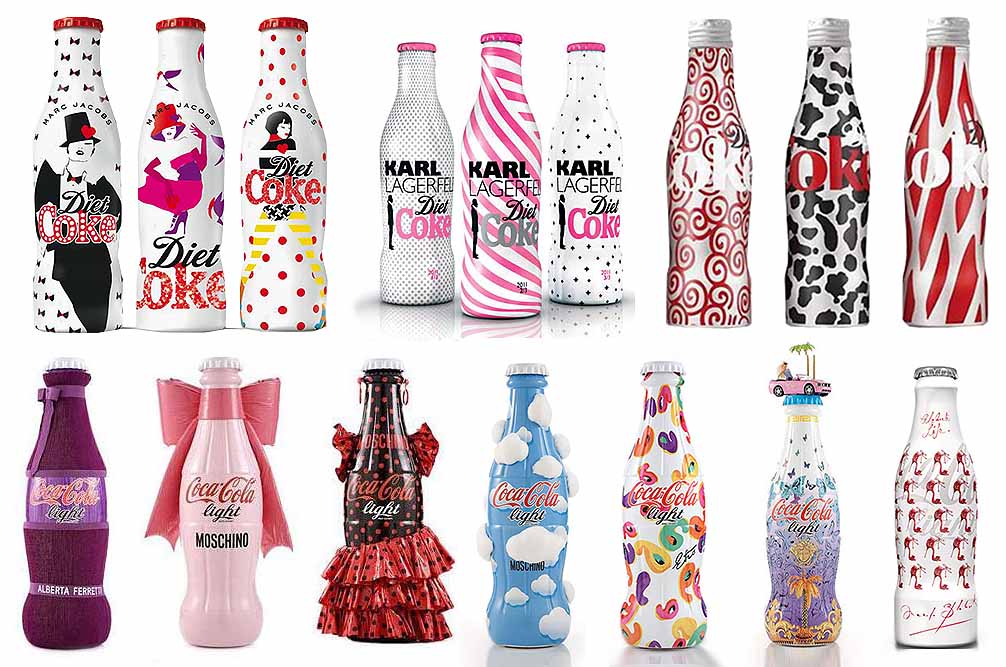Watching a movie with a glass of wine on a Tuesday evening. Standing in the bathroom, your Iphone in a hand, picking the right songs for your shower. Driving towards Porta Venezia for the aperitivo that you’re already late for.
What is it that all these situations have in common?
They all are examples of a trend that, in the past few years, has been silently shaping both the way we live and the way we take part to the economy. Individuals are increasingly changing the way they consume goods and services, questioning the concept of ownership and its necessity. Little by little, a new business model is being adopted and it is transforming our traditional economy into a so-called “sharing economy”.
In fact, in an increasing number of sectors, consumers are starting to prefer to rent and “share” goods and commodities instead of buying and owning them.

Analysts at PwC predict that by 2025, the five key sectors of the sharing economy — staffing, finance, car sharing, travel, music and video streaming — will generate $335 billion a year, up from about $11 billion today.
This statement does not come as a surprise to most of us, as we are already living in close contact with this reality. We have witnessed the rise of Netflix over the traditional, old-school, CDs that we would have once bought for our movie nights. Spotify, on the other hand, has stopped us from buying albums for our under-the-shower music and a short walk in any metropolitan area is enough to notice that more and more people are starting to prefer car-sharing over buying a car.
What’s more, this trend has not remained confined to the above-mentioned sectors, but has already taken over the whole fashion industry. The growing consumer’s desire for variety, sustainability and affordability, has led to the rapid growth of resale and vintage fashion markets, a phenomenon which leads experts to believe that this trend could grow bigger than fast fashion in ten years from now and even reach a $51 billion flow within 2023.
Interestingly enough, the already well-established resale system for second-hand fashion is neither the only one, nor the fastest growing one, among the many different possible business models for pre-owned fashion. I’m talking about the phenomenon of fashion rentals, an even more “circular” way of addressing the problem of over-consumption.
If second-hand fashion has already met – in part – the new generations’ demand for more sustainable practices, the renting model could become an even more powerful solution to reshape some of the polluting and anachronistic habits of the fashion industry.
Brands such as Patagonia or Eileen Fisher have successfully begun to include circular fashion models into their business years ago, but now more and more companies in the sector are starting to adopt such models- An example is Stella McCartney, which launched a partnership with The RealReal in 2017 offering a $100 credit to consumers who chose to recycle the brand’s products on the platform. Yet another example is Urban Outfitters, which created the website “Nuuly”, active since last summer, that has given consumers the possibility to subscribe to the platform and rent garments from brands including Levi’s, Anna Sui and Fila.

Furthermore, the market has been flooded by an increasing number of “rental born” brands like Rent The Runway, Mud Jeans or The RealReal, which are contributing to form a business sector with an enormous estimated potential value (923 millions of pounds only in the UK).
The system is mainly divided into two possible models, brand to consumer and peer-to-peer. In the first case, the brand is in charge of providing the platform and the items to be rented, in exchange for a monthly fee – for example in the cases in which the brand provides the access to a full personalized closet every month – or for a single payment. As for the second type, the peer-to-peer one, consumers exchange items with one another, online or offline.
Generation Z and Millennials, in addition to being increasingly concerned about affordability and environmental issues, are the most experience-driven generation ever. It does not come as a surprise that garments are more and more evaluated on the basis of their “social” use – for the fit pics we can post with them or for the possibility of wearing those cool new sneakers on your date night – rather than by the mere act of owning them. New consumers are more interested in the access to the good rather than the ownership of it. Especially since, such use is becoming increasingly short-termed.
Contrarily to what you might think, this phenomenon does not apply only to wedding dresses and one-night-use smokings, as the range of the rental trend is actually much larger. In a scenario in which fashion has become a form of self-expression, and in which luxury brands have been steadily increasing their prices, the rental fashion system could represent for many customers an inexpensive occasion to live an experience, while at the same time lengthening the clothes’ useful life.
It is important to note that the so-called circular economy is not only fueled by the market’s request for a more sustainable fashion industry but also by the young generations’ hunger for newness. Experts say that the average consumer nowadays buys 60 percent more items of clothing than they did only fifteen years ago and keeps that clothing for only half than they used to.
In such a scenario, implementing circular fashion has the power of introducing a sustainable alternative to over-consumption, stretching the life of a piece of clothing, while meeting the new, fast-paced needs of our society.
They say sharing is caring, and now we can also safely say that sharing is the future. Will fashion keep up?
By Alessandro Santagostino






